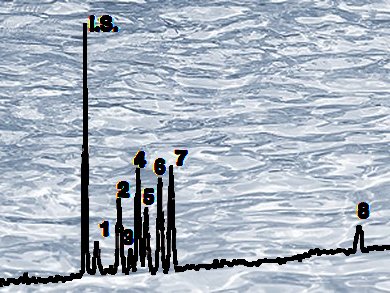Chlorination of drinking water has considerably reduced the number of deaths occurring annually from the outbreak of waterborne diseases. However, the natural organic matter in the water can react with chlorine, forming organohalogen compounds usually referred as disinfection by-products (DBPs). In addition, high bromide levels in water reservoirs used as sources of drinking water can significantly contribute to the formation of brominated and mixed bromo/chloro-DBPs during chlorination. The presence of some DBPs in drinking water is a matter of concern for human health and may also cause an unpleasant organoleptic taste. One of the most prevalent classes of known DBPs is the haloacetic acids (HAAs)..
Josep O. Bernad, University of Barcelona, Spain, and colleagues evaluated two in-line enrichment procedures to enhance sensitivity in the analysis of HAAs by Capillary Zone Electrophoresis (CZE), the large volume sample stacking (LVSS) and field amplified sample injection (FASI). Since better detection limits were obtained for the FASI-CZE method, it was proposed for the analysis of HAAs in water samples.
- In-line preconcentration capillary zone electrophoresis for the analysis of haloacetic acids in water,
Josep O. Bernad, Anna Damascelli, Oscar Nunez, Maria T. Galceran,
Electrophoresis 2011.
DOI: 10.1002/elps.201000676



